Genesis Tramaine

B. 1983 | Brooklyn, New York
“I call myself a devotional painter … all of [my work] is derived from the presence that I feel when in prayer. I’m only in prayer aiming to gain a closer understanding of what I’m supposed to do in my walk as a human, by way of God.” – Genesis Tramaine, 2020.
For this FSA feature, we highlight the artistic practice of Genesis Tramaine – a queer, neo-expressionist, self-taught painter of devout Christian faith. The Brooklyn-based artist’s semi-abstract portraits take inspiration from biblical hymns, Christian scripture, as well as both the Harlem Renaissance and 1980s graffiti movements in New York. Her religious upbringing in a Bed-Stuy Black Baptist church was a formative influence in her life. In an article for Artnet, she relates to journalist Katie White: “When I was in church, sure enough, I was a talker. You know, I would get up and clap and sing at times that maybe weren’t the most appropriate. And I was often instructed to sit on the back pew, [where] I would sketch inside of the hymn books. I would sketch inside of the Bibles, that’s true. I found a love for trying to keep up with the energy that the gospel fed me […] I liked that it was able to produce something that didn’t look like anything else.”
Tramaine describes herself as a “devotional painter.” The genre’s origins were popularized in the Middle Ages by the Dominican and Franciscan mendicant (preaching) orders, where sacred images were commissioned for use in worship to aid the faithful, including stained glass windows and sanctuary altarpieces (such as those by Giotto and Fra Angelico). In the 15th century, wealthy patrons commissioned smaller, domestic-sized diptychs and triptychs for private devotion. One of the most prolific depictions in devotional painting is of Mary, Mother of God (e.g., Madonna and Child; cycles from the Life of Christ). Tramaine participates in this iconography of devotional painting in her series of saints and biblical figures, especially in her interpretation of the Annunciation scene, where the archangel Gabriel appears to Mary (Feast of the Annunciation, 2022).
Select Images

Genesis Tramaine, “Mother is that You,” 2019. Yeshua, acrylic, Lawry's Seasoned Salt, oil sticks, and spray paint.

Genesis Tramaine, "Chasing Pearls,” 2020. Yeshua, acrylic, oil sticks, oil pastels, gouache, acrylic ink, spray paint.

Genesis Tramaine, "Forgive Yourself,” 2020. Acrylic, oil sticks, spray paint, oil pastels, and the Holy Spirit.

Genesis Tramaine, "Jesus knows it's me," 2021. Acrylic, oil sticks, oil pastels, gouache, acrylic ink, spray paint, and the Holy Spirit.

Genesis Tramaine, "Jesus loves me Anyway,” 2021. Acrylic, oil sticks, oil pastels, gouache, acrylic ink, spray paint, and the Holy Spirit.

Genesis Tramaine, "Witnessing Grace,” 2020. Yeshua, acrylic, oil sticks, oil pastels, gouache, acrylic ink, spray paint.

